Feature
-
 Space
SpaceWill we know extraterrestrial life when we see it?
Desert varnish and certain minerals hint that life — here and elsewhere — may defy current criteria.
-
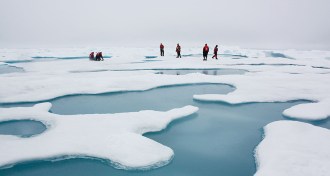 Climate
ClimateChanging climate: 10 years after ‘An Inconvenient Truth’
In the 10 years since "An Inconvenient Truth," climate researchers have made progress in predicting how rising temperatures will affect sea level, weather patterns and polar ice.
-
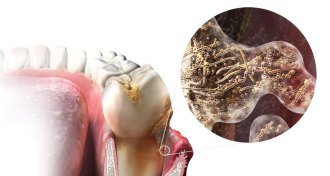 Health & Medicine
Health & MedicineGum disease opens up the body to a host of infections
Researchers are getting to the root of gum disease's implications for other diseases.
By Laura Beil -
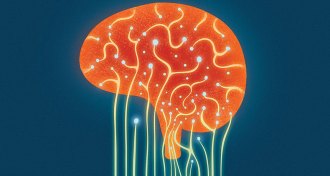 Health & Medicine
Health & MedicineMicrobes can play games with the mind
Our bodies are having a conversation with our microbiome that may be affecting our mental health — for better or worse.
-
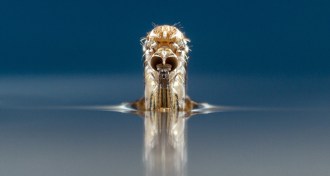 Health & Medicine
Health & MedicineSpecial Report: Here’s what we know about Zika
Tracing Zika’s path and its potential links to microcephaly in babies and Guillain-Barré syndrome has scientists planning a new war on mosquitoes.
-
 Health & Medicine
Health & MedicineHow Zika became the prime suspect in microcephaly mystery
New evidence in human cells strengthens the case against Zika in Brazil's microcephaly surge, but more definitive proof could come this summer from Colombia.
By Meghan Rosen -
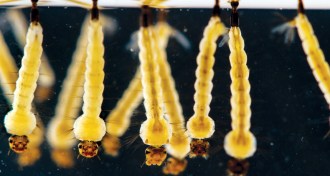 Health & Medicine
Health & MedicineEfforts to control mosquitoes take on new urgency
The major mosquito that is spreading Zika virus has quirks that make it one of the toughest to fight.
By Susan Milius -
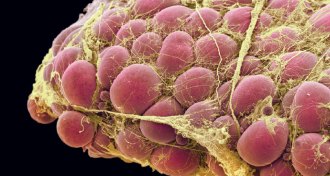 Health & Medicine
Health & MedicineCells from fat mend bone, cartilage, muscle and even the heart
Stem cells and other components of fat can be coerced to grow into bone, cartilage, muscle or to repair the heart.
By Susan Gaidos -
 Quantum Physics
Quantum PhysicsUltrasmall engines bend second law of thermodynamics
Car engines and batteries run because of the second law of thermodynamics, which appears to work, with just a little bending, for ultrasmall engines in the quantum realm as well.
By Andrew Grant -
 Physics
PhysicsGravitational waves explained
Colliding black holes send ripples through spacetime that can be detected here on Earth. What are these gravitational waves, and how did Advanced LIGO detect them?
-
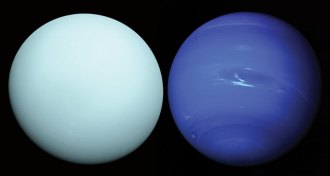 Planetary Science
Planetary ScienceSupport grows for a return to ice giants Uranus and Neptune
Thirty years ago, Voyager 2 cruised past Uranus and then on to Neptune. Now planetary scientists think it’s time to go back.
-
 Earth
EarthOcean’s plastics offer a floating fortress to a mess of microbes
Microbes take up residence on ocean plastics, potentially causing changes in ocean environments.